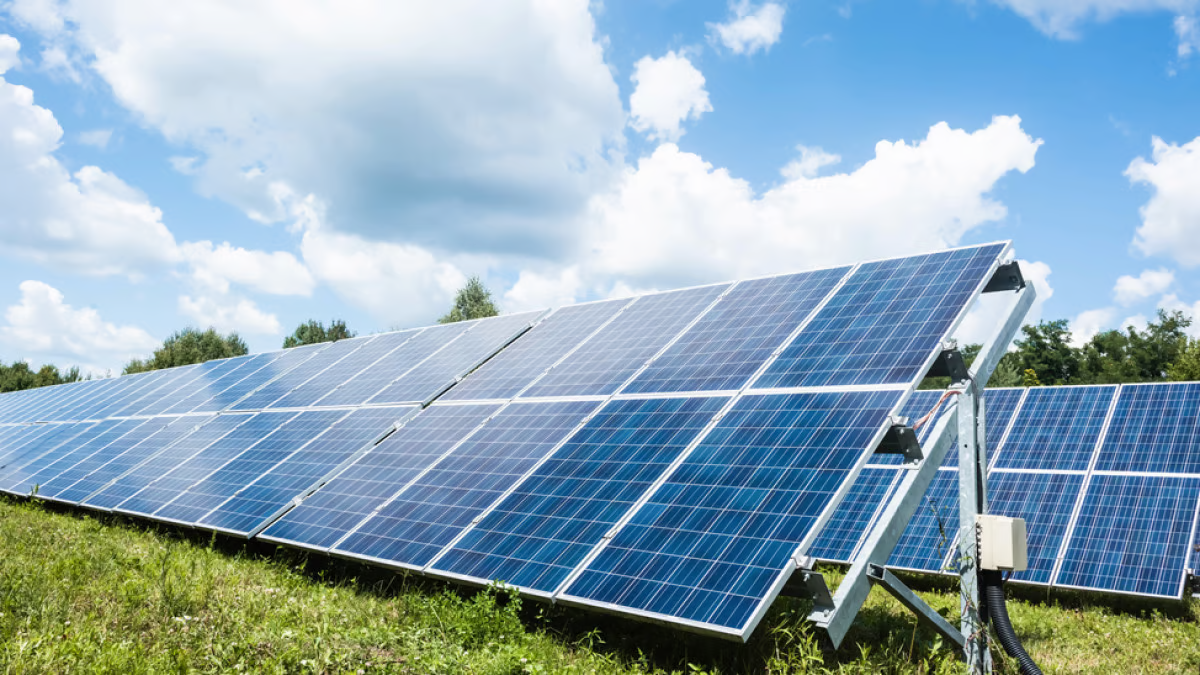Robust Growth in Domestic Solar Photovoltaic Module is Anticipated by 2026
To encourage domestic solar energy production, the Modi government has integrated a photovoltaic (PV) module, which has resulted in a significant increase in manufacturing capacity in recent years. From just 18 GW in March 2022, the manufacturing capacity has now grown to approximately 38 GW this year, with projections of exceeding 110 GW by 2026. This growth in manufacturing capacity is a positive step towards promoting the use of renewable energy sources in India.
The shift in the energy sector and the ecosystem to not only reduce the dependency but also meet the net zero target has been attributed to the forming of different policies by the Indian government, which include Basic Custom Duty (BCD), Approved List of Models and Manufacturers (ALMM) to facilitate the market.
“While the abeyance of the Approved List of Models & Manufacturers (ALMM) order till March 2024 and sharp decline in global module prices is leading to an increase in PV module imports in FY2024, the expected scale-up in domestic manufacturing capacity with backward integration over the next two to three years, along with resumption of the ALMM order, is expected to reduce import dependence,” said Vikram V, Vice President and Sector Head- Corporate Ratings, ICRA.
According to the report, there is a significant pipeline of nearly 90 GW of photovoltaic (PV) cell and module capacity that is currently under different stages of permitting and construction. Additionally, approximately 68 GW of cell capacity is being implemented at various stages, indicating that the solar industry is rapidly expanding its production capabilities.
The manufacturing and supply chain modules market is currently dominated by China, with more than 80 percent share. In contrast, India’s manufacturing units and capacity are relatively low and primarily limited to the final production stage.
In recent years, there has been a significant shift in the energy sector towards reducing dependency and achieving net zero targets. The government’s implementation of various policies and initiatives has been the driving force behind the significant shift. It is clear that their proactive measures have played a crucial role in bringing about this positive change.
Some of these policies include the Basic Custom Duty (BCD) and the Approved List of Models and Manufacturers (ALMM), both of which aim to facilitate the growth of the market and promote the use of sustainable energy sources. These policies have helped to create a more conducive ecosystem for the adoption of renewable energy and have contributed significantly to the overall success of the sector.
A recent report predicts that by 2026, India’s capacity for upstream components in the solar PV value chain, such as polysilicon and ingot-wafers, will reach 38 GW and 56 GW, respectively. This expansion is partly attributed to the Production Linked Incentive scheme and the growing domestic and global market potential.
Kindly share your feedback on the content in the comment section. To receive more such updates, follow Airr News, and don’t forget to like, share, and subscribe.
#governmentpolicies #solarenergy #solarpanel #renewableenergy #photovoltaicmodule #makeinindia #aatmanirbharbharat #netzerotarget #basiccustomduty #ALLM #PLI #china #domesticmanufacturing #ALMM #BCD #PV #solar #india #airrnews
